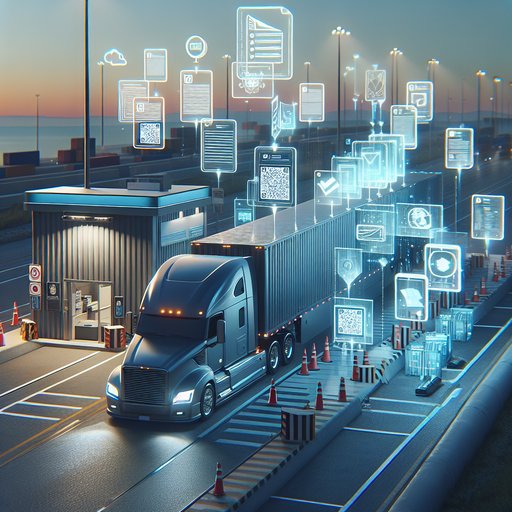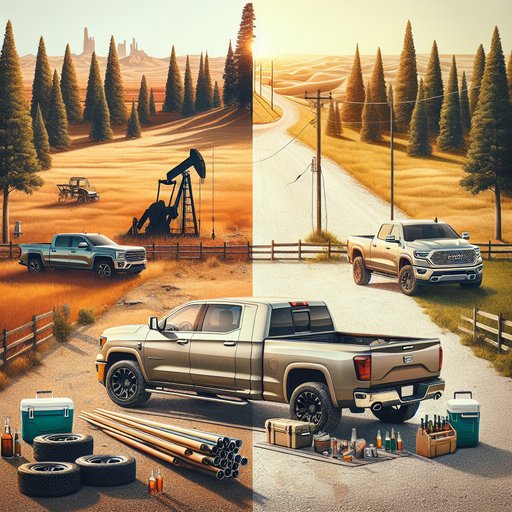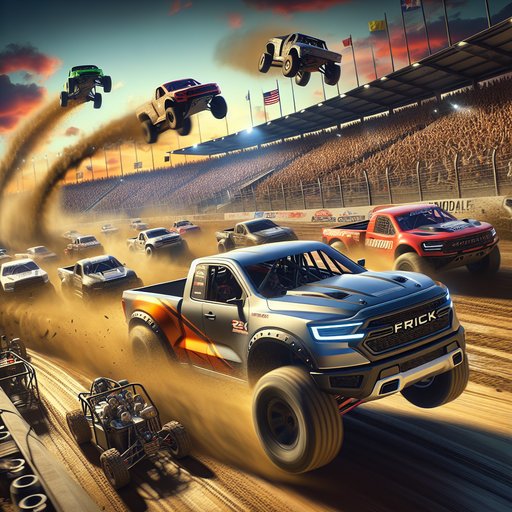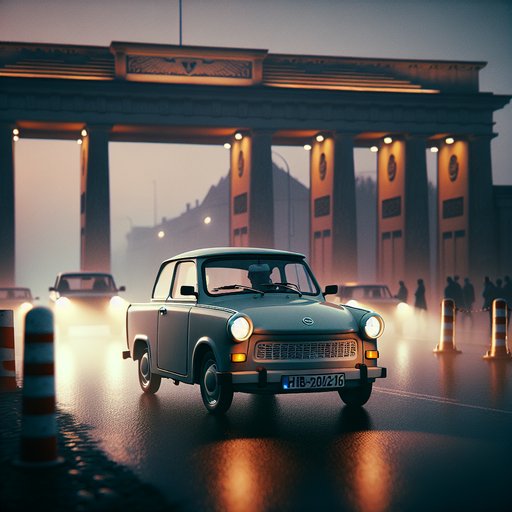
Trade policies and border rules quietly decide whether a heavy truck spends its day rolling or idling. Tariffs, rules of origin, sanctions, and new carbon charges shape which lanes are profitable, what documents ride with the freight, and how long rigs wait at checkpoints. In 2024, measures like the EU’s CBAM transitional reporting, the UK’s phased Border Target Operating Model for sanitary checks, and Mexico’s updated Carta Porte requirements have made compliance a front-seat issue for carriers. Yet fleets are adapting: digital manifests, trusted-trader programs, and corridor agreements are turning paperwork into data and queues into scheduled slots, keeping high-capacity trucks moving when trade flows surge.

From Texas job sites to Alberta gravel roads, pickups remain the North American default for work, family, and weekend play. In 2024–2025, they continue to dominate sales charts, with full-size models leading and mid-size and compact entrants pulling in first-time truck buyers. Hybrid powertrains are gaining ground as practical bridges to electrification, while fully electric trucks advance more selectively. Beyond the numbers, pickups anchor regional culture—symbols of utility and independence that double as daily drivers—reshaped by rising costs, tech-heavy cabins, and expanding off-road options.

Pickup trucks aren’t just weekend workhorses—they’re center stage at racetracks and in the desert. From the NASCAR Craftsman Truck Series to short-course brawls and Baja-thrashing endurance events, purpose-built and production-based pickups are testing parts, drivers, and ideas under pressure. Stadium-style series keep crowds close to the action, while long-distance off-road races push durability and logistics. At the strip, street-legal builds chase supercar times on pump gas. Together, these events showcase how the modern truck’s blend of power, suspension travel, and reliability translates into real-world upgrades and a vibrant, fan-friendly culture.

It did not look like a symbol. The Trabant 601 was squat and square, its panels made of Duroplast and its little two-stroke buzzing above a steel backbone conceived in an economy of shortages. But on a cold evening in November 1989, when a border long thought immovable lifted, the car that had been a compromise became a banner. In a haze of oil-scented exhaust and jubilation, the Trabi carried its owners across a vanished line. The images lasted longer than the smoke. They turned a humble machine from Zwickau into a shorthand for freedom, rebellion, and a shared identity that survived the century’s most concrete divide.